No more hard kale salads! How to soften kale using oil, salt, and lemon juice massaged onto sturdy leaves. Remove bitterness and tenderize kale leaves for salads, soups, omelettes, and more! Plus, health benefits of kale you might not known of!

Have you ever bit into a crunchy kale salad that is so hard it’s difficult to eat? While kale is popular because of it’s sturdy and strong leaves, it’s possible to have greens that are stiff and make salads, soups, and smoothies hard to chew (and taste bitter!).
However, there is a way to tenderize kale: by massaging it! Yes, kale leaves need a tender loving card just like week do, and massaging them with oil helps soften up their fibrous membranes (just like you and I after a stressful week!).
Ready to learn how to soften kale with oil, salt, and lemon for tender kale salads? Let’s do it!
How to massage kale (step-by-step)
Step One: Wash and dry kale
Start by gathering two bunches of kale of your choice (see my list of favorite kale types below). Thoroughly rinse the leaves with water to remove all dirt
I also like to use a salad spinner after washing, but you can also just give the kale leaves a good shake to remove excess water.
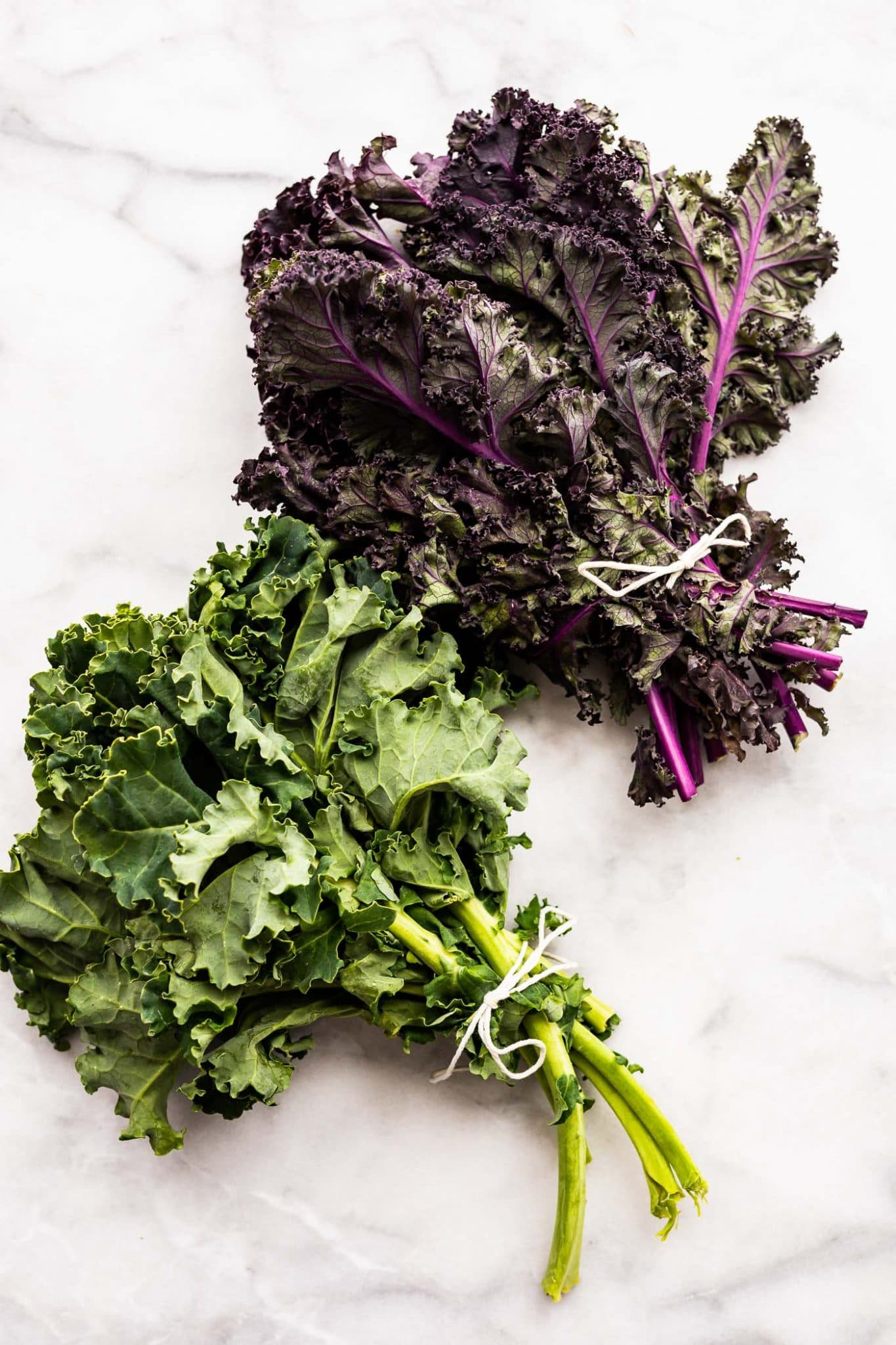
Step Two: Remove kale ribs and chop leaves
Using your fingers, pull the kale leaves off the rib and set aside until all leaves are removed from their stems.
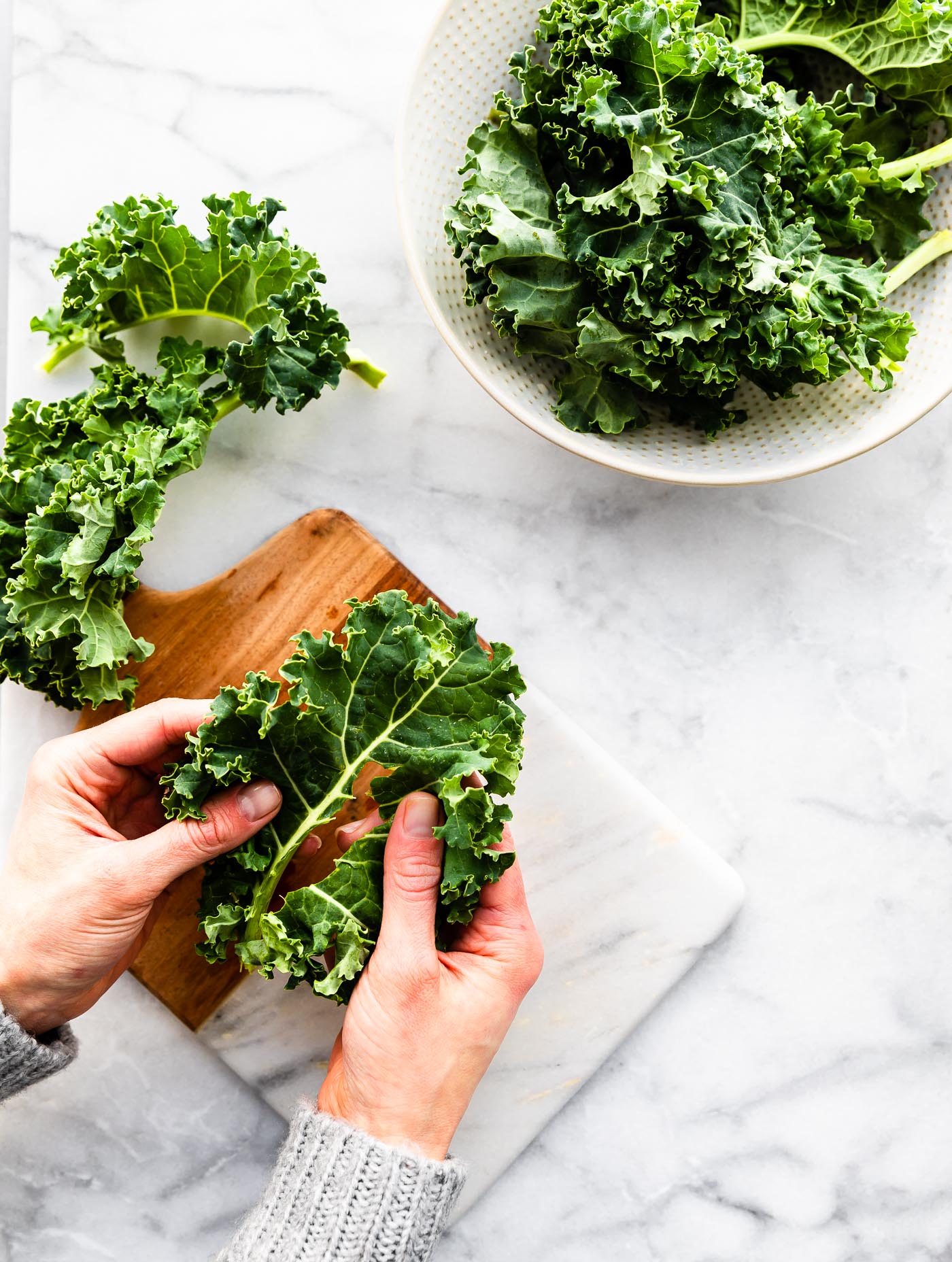
Then place the leaves on a chopping board, and use a knife to cut it into small pieces. If you have trouble, try bunching the kale with your fingers and moving the knife in a circular direction.
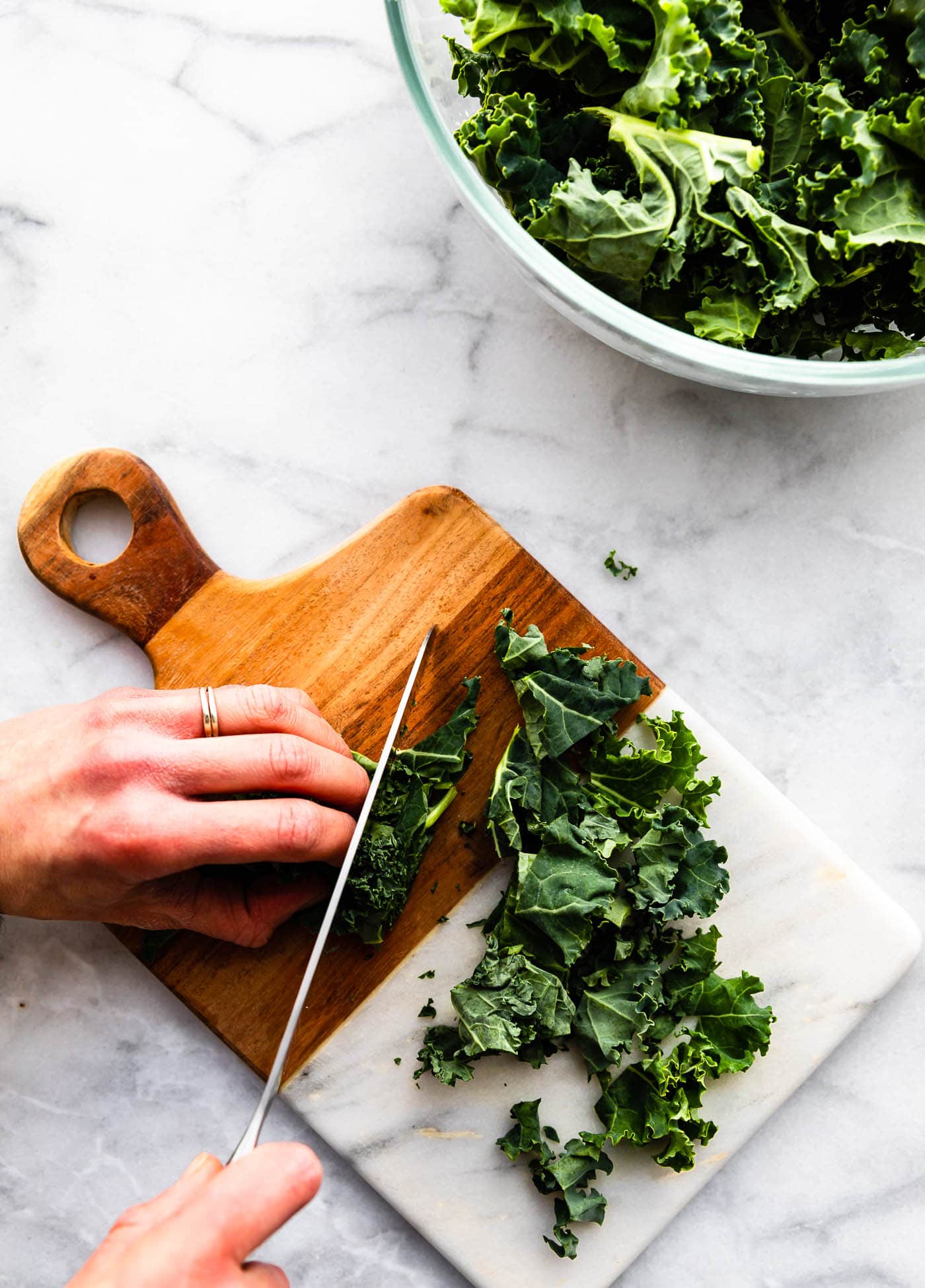
Pro tip! Don’t toss those leftover stems! Reuse them in smoothies or to flavor soup stocks.
Step Three: Add oil and salt, and massage until soft
Add the chopped kale leaves to a bowl and add olive oil and salt. Then, using your hands, gently massage the kale to distribute the oil evenly on the leaves.
Adding a fat like olive oil and salt will help to soften the fibrous structures within the kale leaves, which will make them easier to chew and digest.
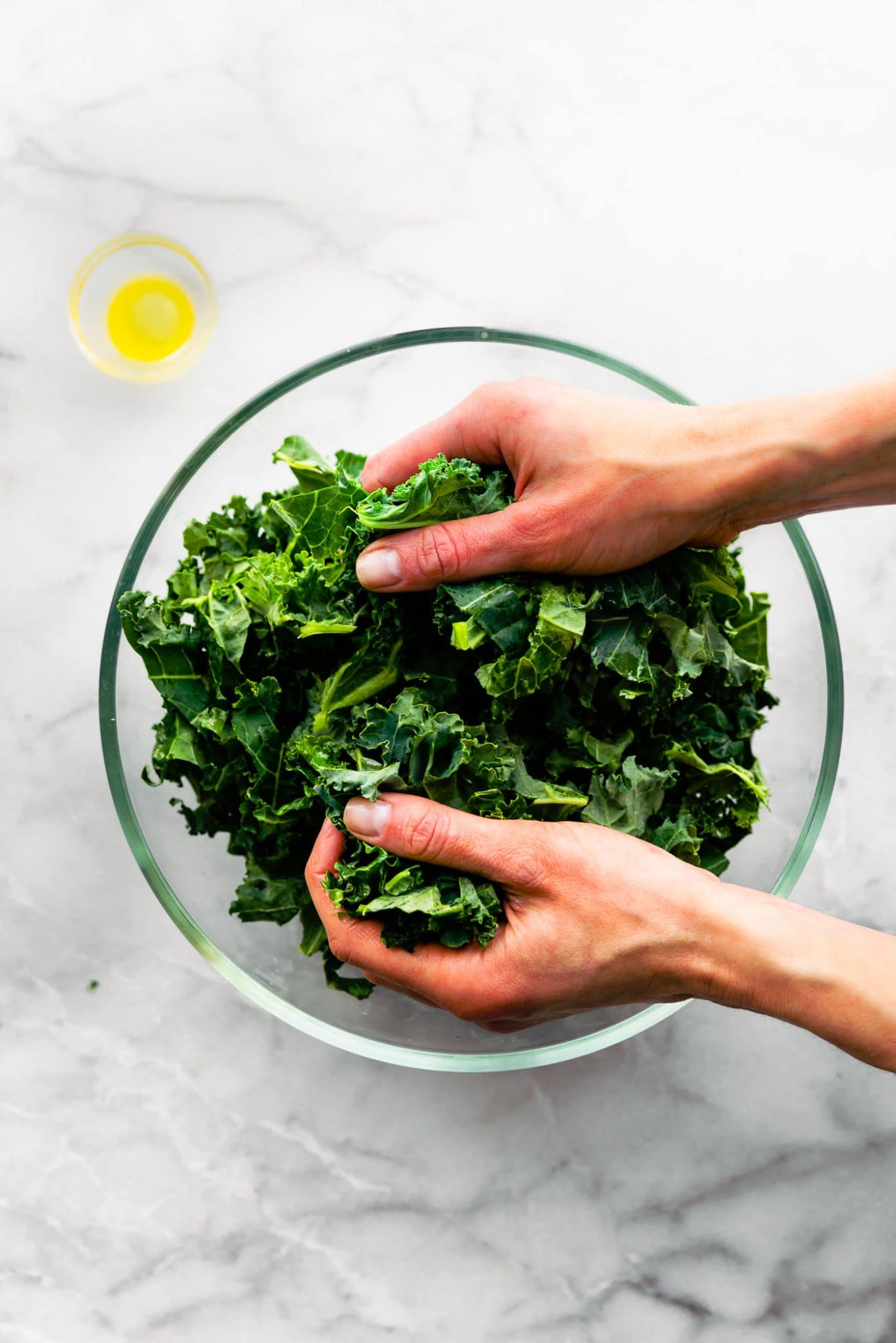
Step Four: Add lemon and use kale in salads or soups
The final step after massaging the kale is to add a squeeze of lemon juice and another sprinkle of salt, if desired, and massage a bit more to get the flavors mixed into the leaves.
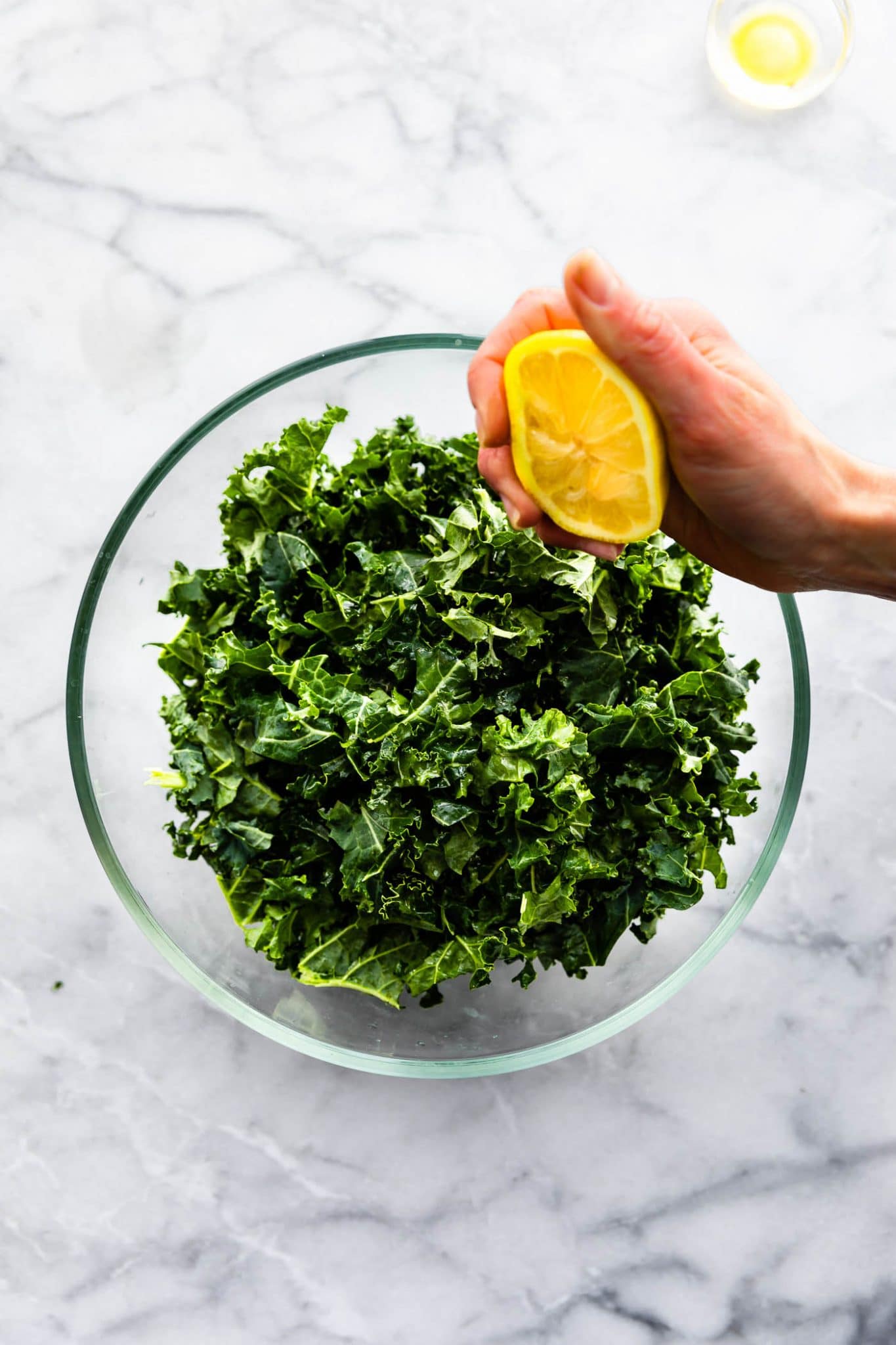
Then you’re ready to use the softened kale leaves in your favorite salads, soups, or even sauteed or baked into a simple side dish!
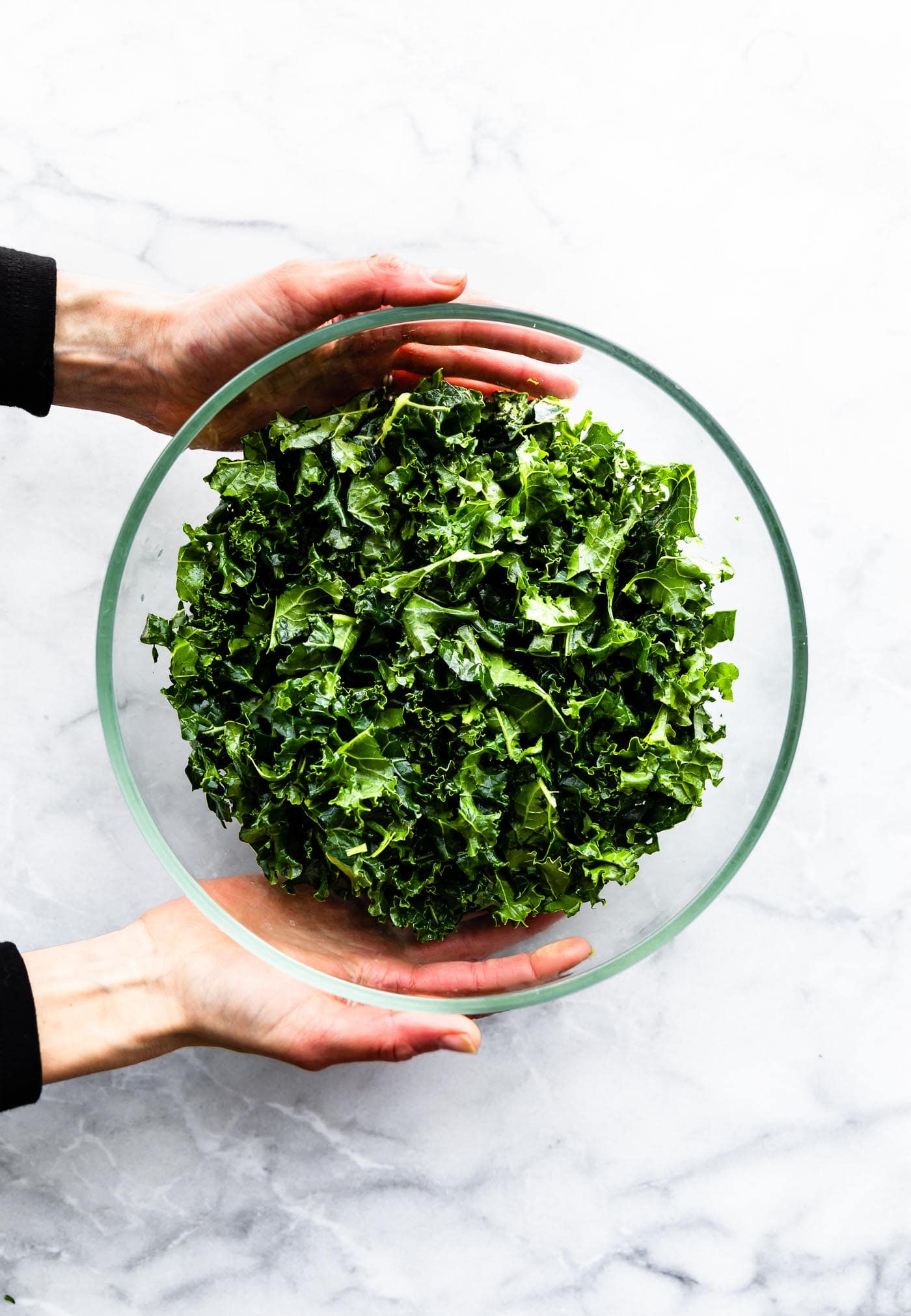
Origins and types of kale (and which are best for massaging)
Most often harvested in late summer and at its prime in September, fresh kale is available in most areas all year long. It is a cruciferous vegetable belonging to the Brassicaceae family along with cabbage and Brussels sprouts. It comes in a variety of shapes and colors from dark green to deep purple. When raw, the leaves of the kale plant are fairly stiff and connected to a large stem.
One of the best things about kale is how versatile it can be. Depending on which kind you buy the flavor and texture changes offering a wide possibility of recipe options. For example, young or baby kale has a more mild taste whereas older kale has a stronger, more hearty flavor.
However, no matter what kind you buy, all kale is full of tons of benefits and should be a regular part of a healthy diet. To easily incorporate it into your diet, try tasty recipes like this Zippy Pear Goat Cheese Salad, a Key Lime Pie Smoothie, or Sheet Pan Roasted Spring Vegetables!
There are 10 varieties of kale available for consumption, and the most popular choices include:
- Curly Kale – Dark green and curly, the leaves of this variety are slightly peppery and can become bitter if one doesn’t know how to massage ale properly.
- Lacinato Kale – Common in Italy, Lacinato kale has slightly crinkled-looking leaves and is a slightly sweeter variety.
- Redbor Kale – Redbor kale grows in vibrant red and purple colors. It is most often used as a decorative food item, but is completely edible.
- Baby Kale – Small and dark green, baby kale has the most mild of all the kale flavors and is easiest to eat raw.
- Chinese Kale – Also known as Chinese broccoli, Chinese kale has leaves that resemble broccoli florets and a fairly mild flavor.
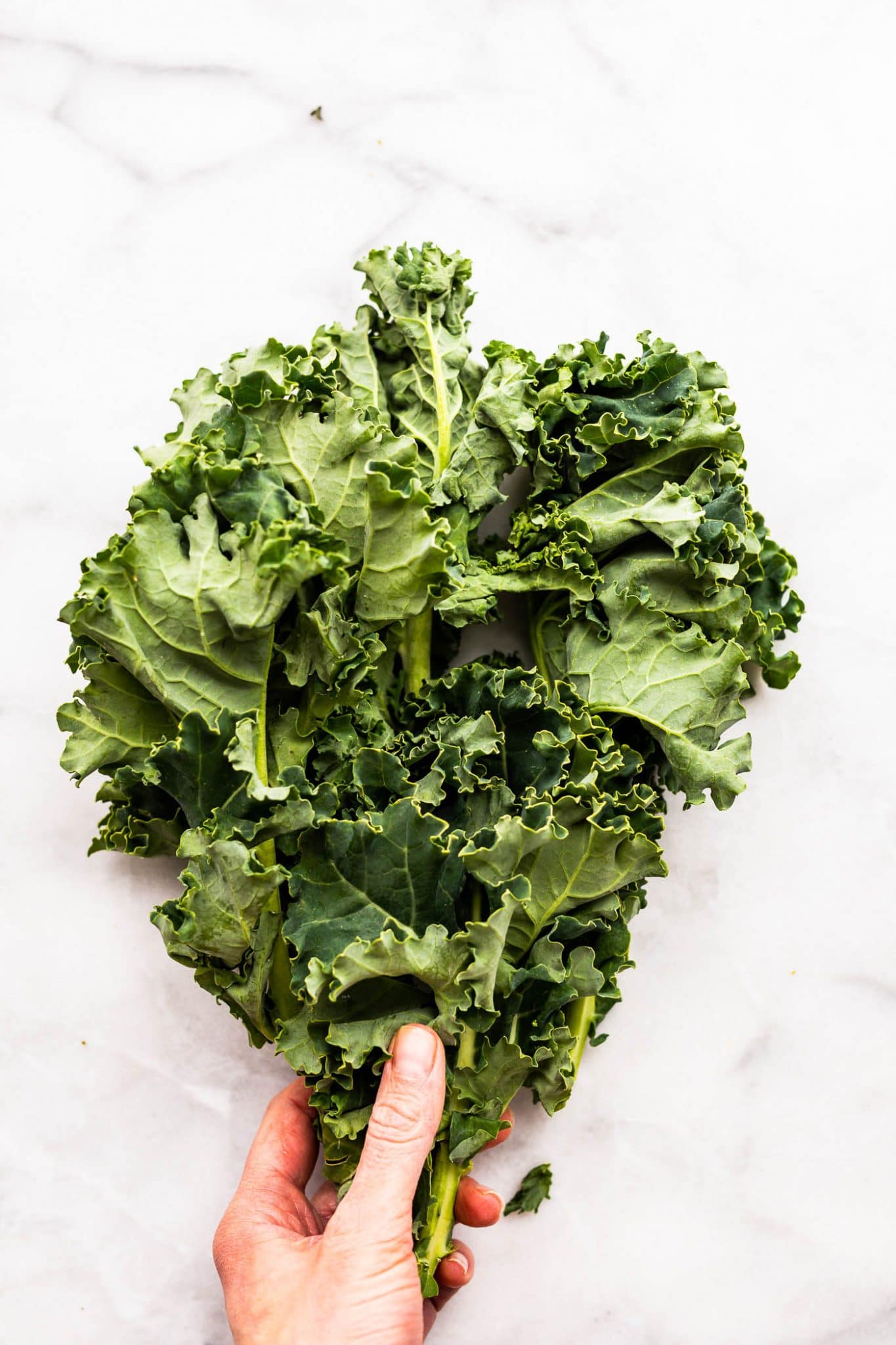
What are the benefits of kale?
Some of the benefits of Kale include its wide variety of vitamins, nutrients, and fiber including vitamin K, vitamin A, vitamin B6, calcium, potassium, and more. These contributes to health benefits including:
- A reduced risk of cancer
- Strong bones
- Improved digestion
- Clear skin and healthy nails
- Improved eyesight
Being a nutrient powerhouse, the positive impacts of consuming this delicious vegetable are nearly endless in the average individual.
Is Kale Safe to Eat Daily?
Now I know you’re probably thinking “Lindsay, it’s a vegetable, how is it not safe to eat?” Well, gasp, it’s true! Unfortunately, there are a few rare instances in which the benefits of Kale may actually not be good for everyone.
Here are some reasons why kale might not be right for you:
- Beta-blockers – This medication can cause an increase of potassium in the blood making it possible to overdose if too much of this mineral is consumed through foods such as kale.
- Kidney disease – This condition makes it difficult for the body to remove potassium from the blood. As a result, it is wise to avoid consuming foods such as kale in order to prevent a potentially fatal overdose
- Blood thinners – Kale is high in vitamin K which aids in blood clotting. Therefore, consuming large amounts may interfere with the effectiveness of blood thinners.
- Thyroid issues – Kale is a good source of progoitrin which can interfere with your thyroid functions by blocking the delivery of iodine making the thyroid inefficient.
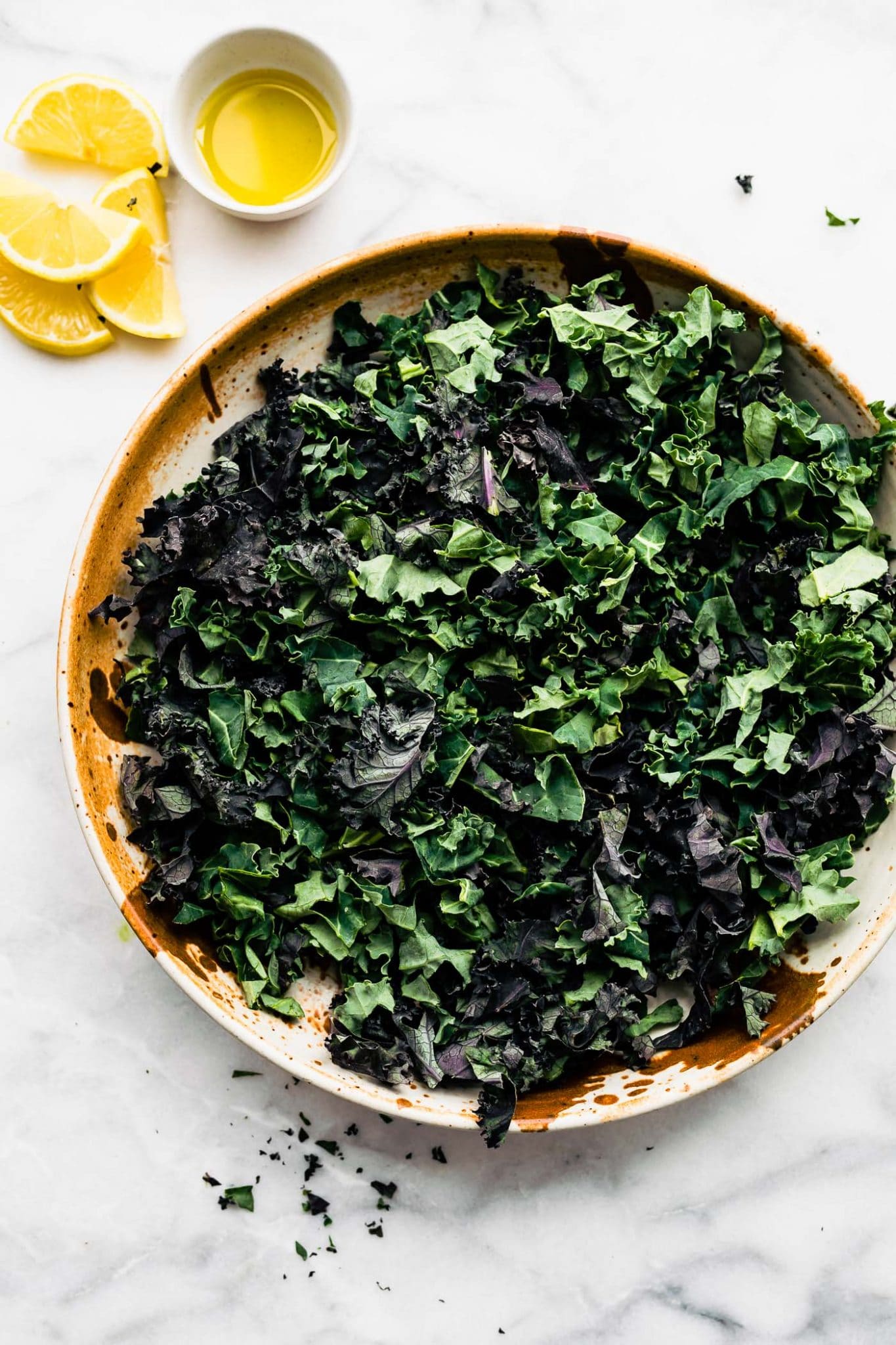
Nourishing recipes using massaged kale
If you’re not sure how to include kale in your diet, stay tuned in the upcoming weeks as I will be releasing amazing new recipes for you to enjoy! In the meantime, consider using kale to make items such as:
- Salads – Try massaged kale in salads like this Kale Salad with Blueberries.
- Smoothies – Use softened kale to in green smoothies.
- Kale chips – After massaging kale, toss it on a sheet pan and bake until crispy for a crunchy leafy green snack or salad topper.
- Soups – Kale is perfect in soups because it keeps its texture, unlike softer greens. Use it in soups like this cozy Curried Cauliflower Rice Kale Soup.
- Omelettes – Use tenderized kale in omelettes and frittatas like this Paleo Pumpkin Kale and Turkey Frittata.
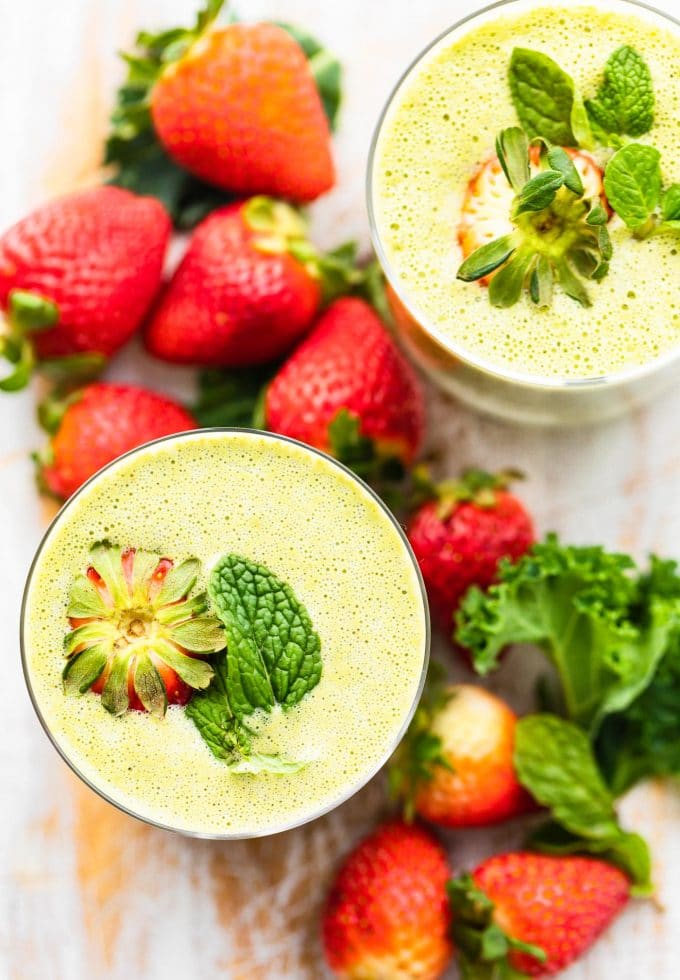
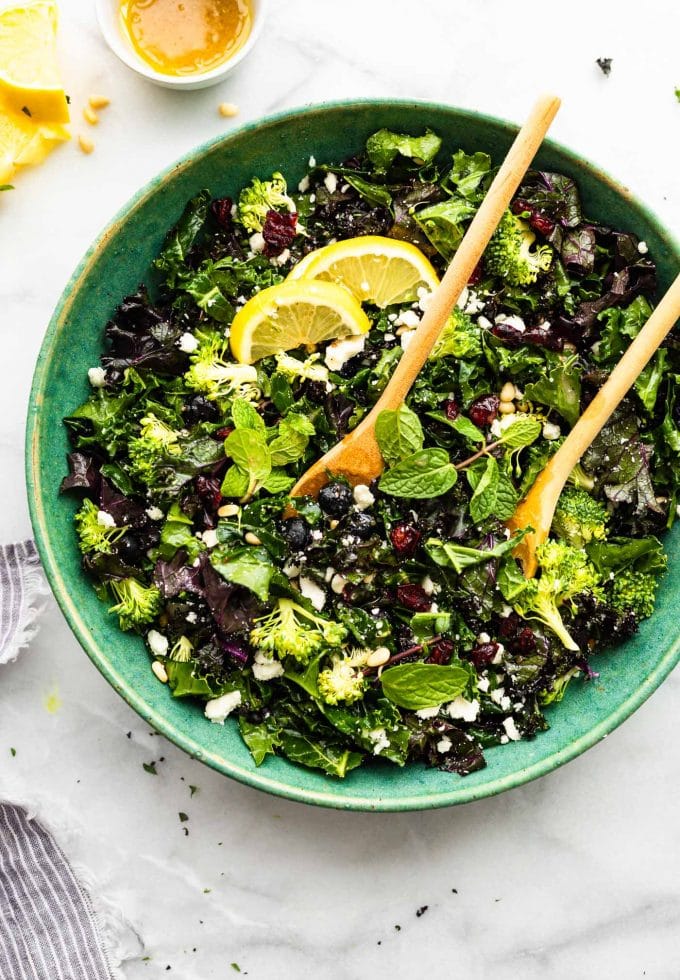
All hail the kale!
So, there you have it, friends! Now you know all the benefits of kale, how to massage it, when to avoid it, and how to incorporate it into your diet.
Let us know, how do you use kale? I’m always looking for recipe inspiration and ways to add more nutrients into my own diet. Of course, if you have any additional questions, let us know in the comments below. We’re always here to help!



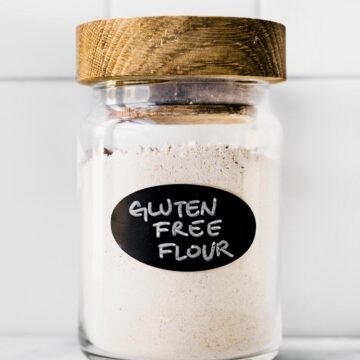


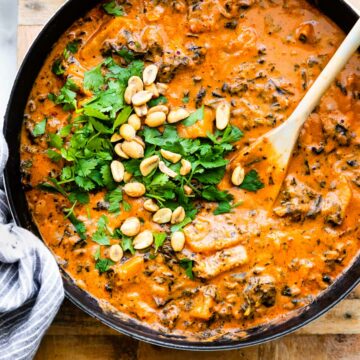
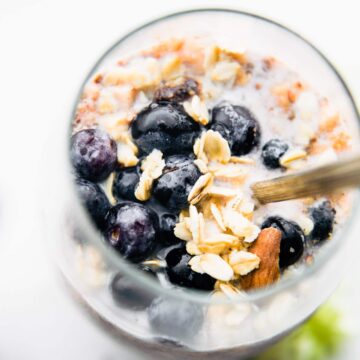
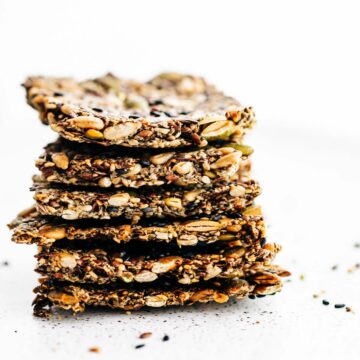
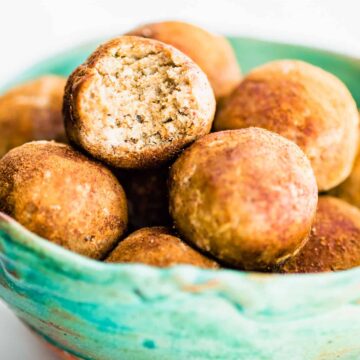
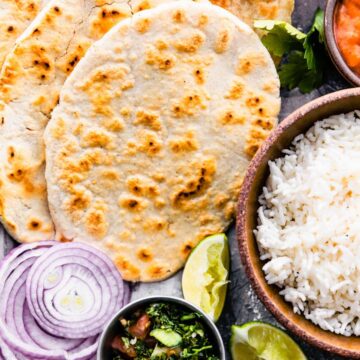
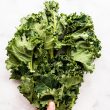
Rate & Comment